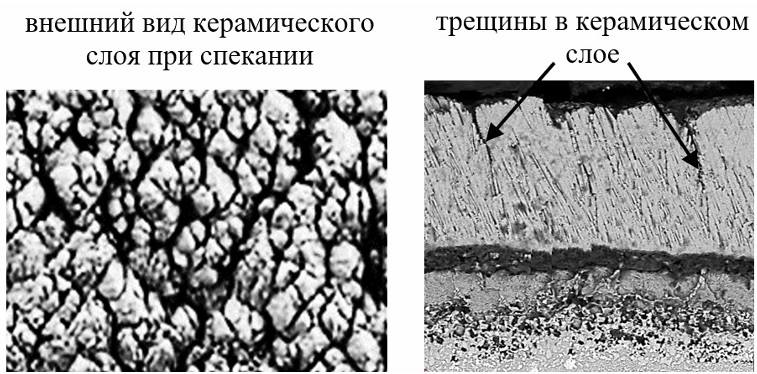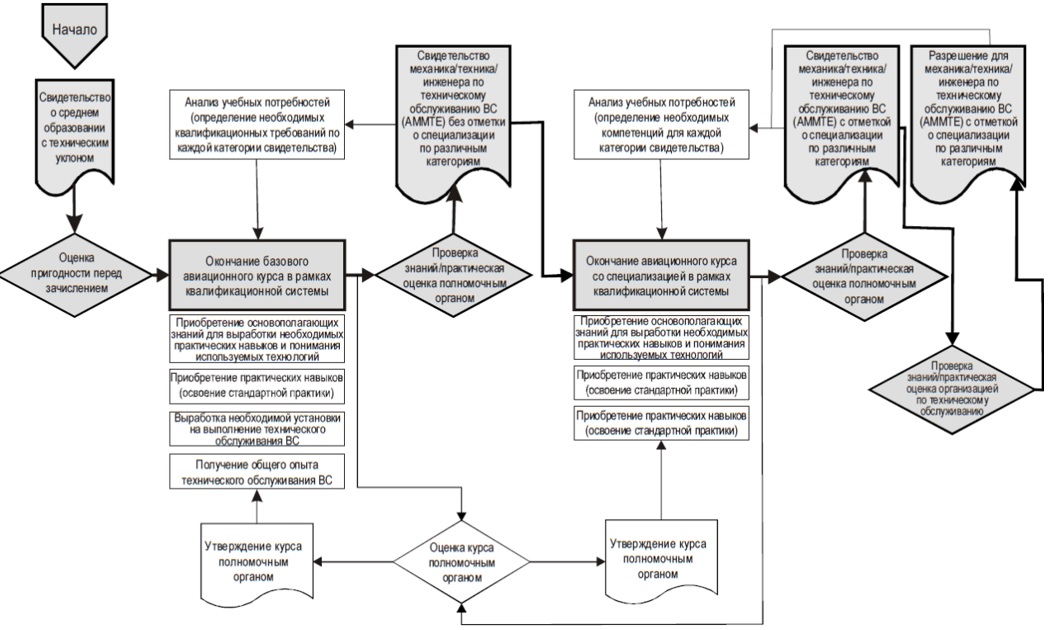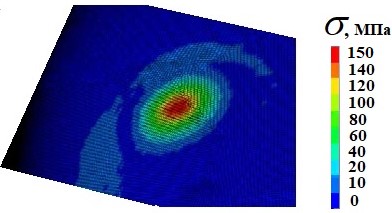TRANSPORTATION SYSTEMS
Due to the increasing intensity and complexity of network interactions in aviation data transmission systems, the need for developing methods to detect signs of unauthorized interference in aviation operations is significantly growing. The importance of this issue is due to the need to ensure control systems and affect the safety of aircraft flights. This article develops and presents a method for analyzing multidimensional combinations of network traffic features in aviation data transmission systems, based on a modified frequent-pattern FP-Growth algorithm adapted specifically for multidimensional data. A distinctive feature of the proposed approach is maintaining the contextual integrity of network event attributes, enabling the identification of hidden dependencies among various parameters of network events that are inaccessible to traditional one-dimensional frequent pattern analysis algorithms. A model for representing network events as multidimensional transactions is formulated, and an algorithm for constructing a multidimensional frequent-pattern tree and extracting stable combinations of features with a predefined frequency of occurrence is proposed. Experimental validation using real network traffic data confirmed the capability of detecting network attack patterns and previously unrecorded anomalous feature combinations. A quantitative evaluation of the proposed method’s performance was conducted, confirming its efficiency and suitability for processing substantial data volumes characteristic of aviation data transmission systems in real-time conditions. The developed method provides improved protection for aviation networks and timely identification of threats to aviation operations. The developed method can be applied to enhance the resilience of aviation data transmission systems for air traffic management and prioritize protective measures to ensure flight safety.
Integration of the resulting output signals of the global navigation satellite system (GNSS) and the inertial navigation system (INS) is designed to ensure reliable, safe and stable performance of the aircraft navigation system. To achieve this goal, it is necessary to meet the following requirements for the obtained navigation parameters: high accuracy, continuity of information provision during long-term operation, reliability of the integration algorithm with acceptable computational costs of the aircraft onboard electronics. This paper examines the extended Wiener method for integration of GNSS and INS navigation systems under conditions of an unstable navigation data supply. Processing of navigation information from measuring devices is the basis for ensuring flight safety and aircraft control accuracy. Navigation parameters are measured as part of an integrated modular avionics system, including global navigation satellite systems (SRNS), inertial navigation system (INS), GPS/GLONASS and radar systems. The results of modeling the error in aircraft speed and position after applying the extended Wiener filter are presented. The effectiveness of the proposed algorithm was assessed based on strict statistical criteria.
The service life of gas turbine engine (GTE) turbine blades with thermal barrier coatings (TBC) depends on many factors, including the composition, structure and properties of the metal bond coating (MB). The positive effect of using TBC is well known: an increase in the service life of the protected part or an increase in the working gas temperature in front of the engine turbine. At the same time, it is also obvious that the development and implementation of new TBCs that use more efficient TBCs is an urgent task. The efficiency and service life of TBCs are significantly affected by the following characteristics of the metal bond coat: material, its thickness and microstructure, and application method. In order to select a rational metal bond coat of the TBC and to assess its performance on turbine blades at high temperatures, a comparative analysis of the isothermal heat resistance of TBCs with different versions of metal bond coats and at different operating temperatures was performed. The time , up to which the total area of ceramic layer chips on the leading edge and trough does not exceed 30%, was adopted as the isothermal heat resistance criterion. Tests of GTE process blades made of ZhS32VI alloy with TBCs with various metal bond coats applied to them using serial technology were carried out at temperatures of 1100 °C and 1170 °C. The isothermal heat resistance test base was at least 500 hours. Four process blades with each of the studied coating options were tested. Analysis of the obtained test results showed that TBCs with a NiCrTaY and AZh-8+CrAl sublayer have higher durability indicators. This effect is due to the presence of refractory elements (tantalum and yttrium) in the MB, which create a diffusion barrier and slow down the growth of the Al2O3 oxide film formed on the metal layer. During the experimental studies it was established that the composition of the metal bond coat in the TBC design significantly affects its durability. Thus, the absolute values of can differ several times. With an increase in the temperature of isothermal tests, a significant (2–3 times) decrease in the durability of the coating is observed. Therefore, the correct choice of the MB composition allows you to reduce the level of stress-strain state at the boundary of the layers, increase the adhesion strength, and thereby increase the durability of the TBC.
MECHANICAL ENGINEERING
This review article addresses issues regarding obtaining qualification necessary for permitting aviation engineering university graduates to maintain aircraft. It is associated with the need to undergo retraining for the aircraft type in airlines. This need is caused by the processes that took place in the Russian Federation in the period after the collapse of the aviation industry system in the USSR. The main of the processes were the transition from on-service life aircraft maintenance system to on-condition aircraft maintenance system, the introduction of Western operating standards due to the market influx with Western aircraft, as well as the general trend of harmonization of aviation standards regulating the aircraft maintenance and repair. The article analyses why this happens and the way it affects the training of future maintenance specialists in airlines. It is emphasized that the use of computing capabilities of modern compact onboard computers with huge databases, high performance, as well as the use of artificial intelligence, made it possible not only to analyze many operational and technical parameters of aircraft functional systems, to assess the aircraft operational ability as a whole, but also to accurately predict the aircraft technical condition in the near future, to optimize the maintenance staff activities, reducing operating costs, downtime due to malfunctions. The appearance of Western aircraft in our country was accompanied by the introduction of best western operational and maintenance practices. This also affected the system of training maintenance specialists. The use of foreign aircraft and Western documentation regulating their flight and technical operation within the Russian jurisdiction inevitably required a revision of the operational documentation in the Russian Federation, which was legislatively approved by the Russian aviation authorities. Such basic documents concerning the aircraft operation in the Russian Federation were harmonized with Western standards.
Due to the growing need to operate helicopters in areas with high-intensity winds, existing approaches to the design of main rotor blades (MRB) should be reviewed to ensure that the calculated cases of wind effect are fully taken into account. The helicopter spends the majority of its operational time on the ground, and the blades are exposed to wind load, which can lead to damage impairing their continued serviceability. In particular, types of damage include the formation of skin corrugations and cases of delamination within the composite tail section skin, specifically the separation of the skin from the core filler materials. If the defect dimensions exceed the allowable limits specified in the maintenance documentation, the tail sections are either repaired or replaced at the blade manufacturer’s facility. In this paper, we consider the problem of composite skin stability of the non-rotating MRB tail sections subjected to wind effect. The analytical model of the skin elements corresponds to an orthotropic rectangular plate mounted on an elastic base and loaded along the edge adjoining the blade spar. The stress-strain state (SSS) of the skin is determined by solving planar elasticity boundary value problem, where the applied loads are calculated based on the deformation compatibility condition between the MRB spar and the skin, obtained from the overall wind load analysis of the blade. In this paper, a differential equation of stability of an orthotropic plate on an elastic base is derived, simulating the lining of the tail section of the MRB. An expression for calculating the critical stresses corresponding to the onset of local skin buckling is obtained. Based on the criterion of local skin buckling, the limit wind speed for the MRB of the Mil-38 helicopter type was calculated.
The windshield design plays an important role in studying the problem of bird strike resistance of glazing, therefore the researchers pay much attention not only to the development of finite element models of glazing and the bird, but also to the analysis of various geometries and materials. As a result of the impact, in accordance with the international certification standards, the windshield must not only withstand the bird strike, but also prevent complete fragmentation of all transparent materials, provide acceptable visibility for safe flight continuation and landing. A technique for computational modeling of the dynamic process of a bird strike on the full structure of the aircraft windshield (one panel) in the LS DYNA software package has been developed. In the computational modeling technique of bird strike resistance of glazing, the SPH method is used to take into account the bird parameters. In the computational model glass is considered as an elastic-plastic brittle material, while the polymer interlayer behaves as a viscous medium providing high deformation before destruction and good tensile strength. A cylinder is selected as a bird model. In accordance with the requirements of the fail-safe performance, the windshield is multilayered. The results of computational modeling of the impact dynamic process and the stress-strain state of the windshield were obtained, which confirm the ability of the glass to withstand a bird strike, taking into account its material properties and geometric characteristics (small impact angles and double curvature), which allows the bird to slide along the windshield and thereby reduce the kinetic energy transferred to it. According to the results of the computational modeling, the windshield withstood the bird strike. In addition, the results of computational studies were obtained, which made it possible to estimate the effect of the bird strike angles, where the birds were of different masses, on the stresses of the windshield surface, as well as the angle of the windshield inclination when assessing bird strike resistance, which can be used when designing the windshield structure. The results of the research and tests of the aircraft windshield for bird strike resistance using the proposed methodology with a pneumatic gun confirmed the results of the computational modeling.
ISSN 2542-0119 (Online)














































